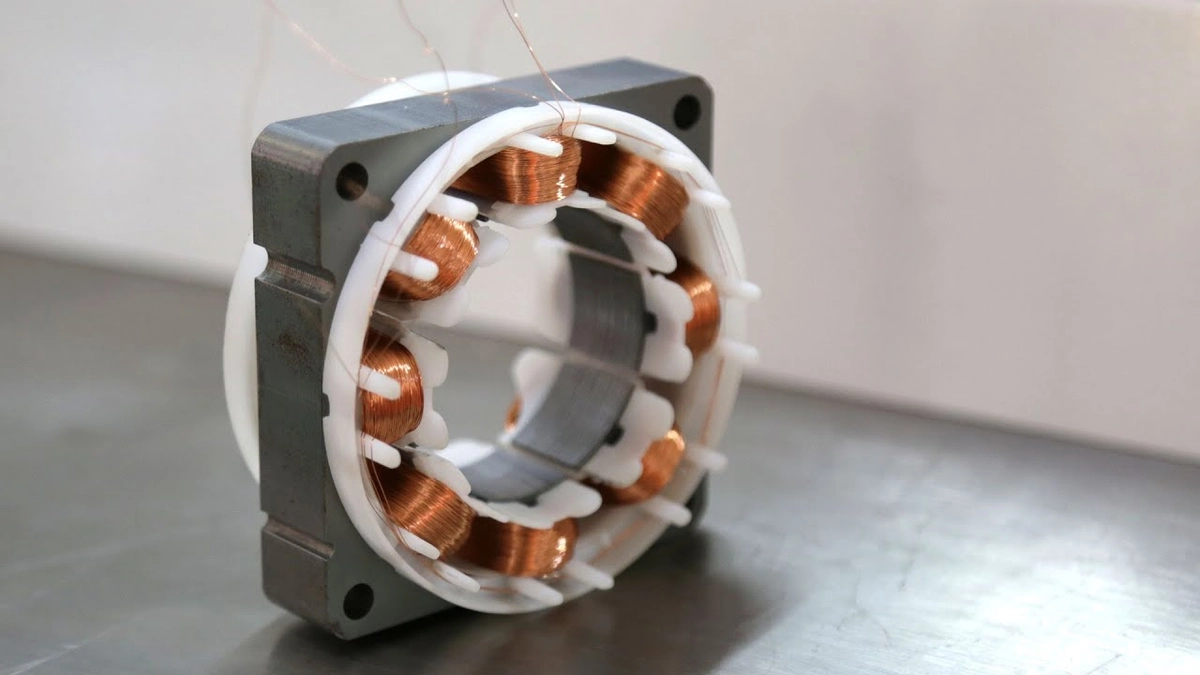Calculating Parameters for DC Gear Motor Selection
2024-06-26 14:44:32
Selecting the right DC gear motor is crucial for achieving optimal performance in various applications. To ensure accurate selection, it is important to calculate and consider several key parameters. In this article, we will explore the process of calculating parameters for DC gear motor selection, including the maximum torque, required operating speed, rated voltage and current, maximum continuous torque, maximum output power, reduction ratio, no-load speed, and maximum current. By understanding and calculating these parameters, you can confidently choose a DC gear motor that meets your specific needs.
Calculate Torque

Calculating the torque is essential when selecting the appropriate DC gear motor. If the torque of the motor is too small, it may not meet your application requirements. If the torque is too large, it can waste energy and have a negative impact on the motor's lifespan. The formula for calculating torque is:
T=9550P/n
However, due to the presence of rotational inertia when driving an object, the need for acceleration and deceleration in many applications, and the need to overcome friction, the actual torque selected may need to be slightly larger than this.
Power Calculation
Static Power Calculation:
For linear motion, the static power (Pw) can be calculated using the following formula:
- Linear motion: P=V/F*1000η
- Where: (V) is the operating speed (m/s), and (F) is the operating resistance (N)
- Rotational motion: P = M * N / 9550η
- Where: (M) is torque (Nm), and (N) is speed (rpm)
Dynamic Power Calculation:
- Rotational motion: P=Jt*Nt/91200*tA*η
- Where: (Jt) is the moment of inertia (Kg·m²), (Nt) is the rotational speed (rpm), and (tA) is the start-up time (s)
- Linear motion: The inertial force (F) can be calculated using the following formula: F=ma
- Where: (m) is the mass (kg), and (a) is the initial acceleration (m/s²)
Gear Ratio Calculation
- Define the calculation method:
- Reduction ratio = input speed ÷ output speed.
- General calculation method:
- Reduction ratio = torque used ÷ 9550 ÷ motor power × motor power input speed ÷ utilization coefficient.
Calculate the No-Load Speed
Based on the maximum speed and maximum torque, calculate the no-load speed of the motor. The no-load speed indicates how fast the motor can rotate without any load attached. This calculation can provide insights into the motor's performance and efficiency at different operating conditions.
Calculate the Maximum Current and Check against Rated Current
Lastly, calculate the maximum current that the motor will draw under peak conditions. This calculation helps determine if the motor's current requirements exceed the rated current value of the power supply. It is crucial to ensure that the motor's current draw is within the limits of the power supply to prevent any electrical issues.
Other Considerations
Determining the Required Operating Speed and Power Supply Specifications:
- To select the appropriate DC gear motor, you need to determine the required operating speed for your application. Consider the desired speed at which the load needs to rotate or move.
- Additionally, consider the rated voltage and current of the available power supply. These specifications are vital in ensuring compatibility between the motor and the power supply. The rated voltage and current values can usually be found in the motor's datasheet.
Conclusion
Selecting and calculating the specifications of a DC gear motor requires careful consideration of various factors. Careful selection and accurate calculations will ensure that the chosen DC gear motor can meet the demands of your application, providing efficient and reliable performance.
See What Lunyee Can Do For You
Contact Us
- 8619149417743
- +86-0371-5562 0274
- [email protected]
- Zhengzhou, Henan Province, China
- Mon-Fri: 9:00 - 18:00




